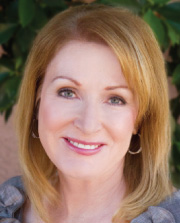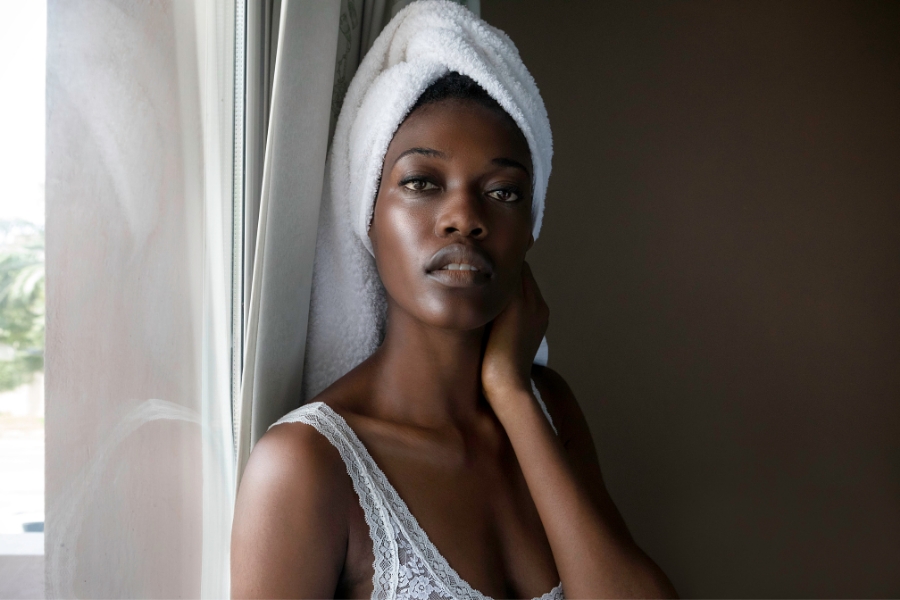How Polycystic Ovary Syndrome Impacts the Skin
Written by Brenda LindayRecent global estimates state that anywhere from six to 18% of women in their reproductive years suffer from polycystic ovary syndrome. According to the Centers for Disease Control and Prevention (CDC), polycystic ovary syndrome affects up to five million American women of childbearing age. This article concentrates specifically on polycystic ovary syndrome-related skin and hair growth concerns.
Polycystic ovary syndrome is an endocrine hormonal condition that creates excessive amounts of testosterone in the body. Testosterone is an androgen (male) hormone that increases sebum and skin cell production, two key contributors to acne. Increased testosterone levels also contribute to hair growth and hyperpigmentation.
Polycystic ovary syndrome patients often have high levels of insulin, a hormone that converts digested food into energy. Insulin resistance, a condition where the body’s cells do not respond correctly to insulin, leads to high androgen levels.
Want to read more?
Subscribe to continue reading this article, plus gain access to all DERMASCOPE has to offer.
References
- Hanson, Ann Ellis. “Hippocrates: ‘Diseases of Women 1.’” Signs: Journal of Women in Culture and Society 1, no. 2 (1975): 567–84. https://doi.org/10.1086/493243.
- Hanson, Ann Ellis, Soranus, and Owsei Temkin. “Soranus' ‘Gynecology.’” The Classical World 89, no. 6 (1996): 506. https://doi.org/10.2307/4351874.
- Szydlarska, Dorota, Małgorzata Machaj, and Artur Jakimiuk. “History of Discovery of Polycystic Ovary Syndrome.” Advances in Clinical and Experimental Medicine 26, no. 3 (2017): 555–58. https://doi.org/10.17219/acem/61987.
- Kahsar-Miller, Melissa D, Christa Nixon, Larry R Boots, Rodney C Go, and Ricardo Azziz. “Prevalence of Polycystic Ovary Syndrome (PCOS) in First-Degree Relatives of Patients with PCOS.” Fertility and Sterility 75, no. 1 (2001): 53–58. https://doi.org/10.1016/s0015-0282(00)01662-9.
- Kataoka, Josefin, Eliza Tassone, Marie Misso, Anju Joham, Elisabet Stener-Victorin, Helena Teede, and Lisa Moran. “Weight Management Interventions in Women with and without PCOS: A Systematic Review.” Nutrients 9, no. 9 (2017): 996. https://doi.org/10.3390/nu9090996.
- Harrar, Sari. “How Is Polycystic Ovary Syndrome (PCOS) Treated?” EndocrineWeb, 2018. https://www.endocrineweb.com/conditions/polycystic-ovary-syndrome-pcos/how-pcos-treated.
- Jangam, Annie. “7 Best Hair Growth Inhibitors – 2020.” STYLECRAZE, July 29, 2020. https://www.stylecraze.com/articles/best-hair-growth-inhibitor/.

Brenda Linday is a licensed aesthetician, licensed aesthetic instructor, and certified aesthetic consultant with over 16 years’ experience in the medical aesthetic industry. Linday serves as a consultant for medical and aesthetic companies desiring to build strong sales and education teams. She develops clinical and sales education content, and trains sales and educational units, clinicians, physicians, and distributors around the world. Linday is also a featured author in many industry publications. Her passion is sharing her wealth of knowledge with other like-minded professionals who believe that education is the key to building lasting relationships with our clients, making each clinician more successful by increasing client satisfaction. Reach her at This email address is being protected from spambots. You need JavaScript enabled to view it. or @LindayConsult.
